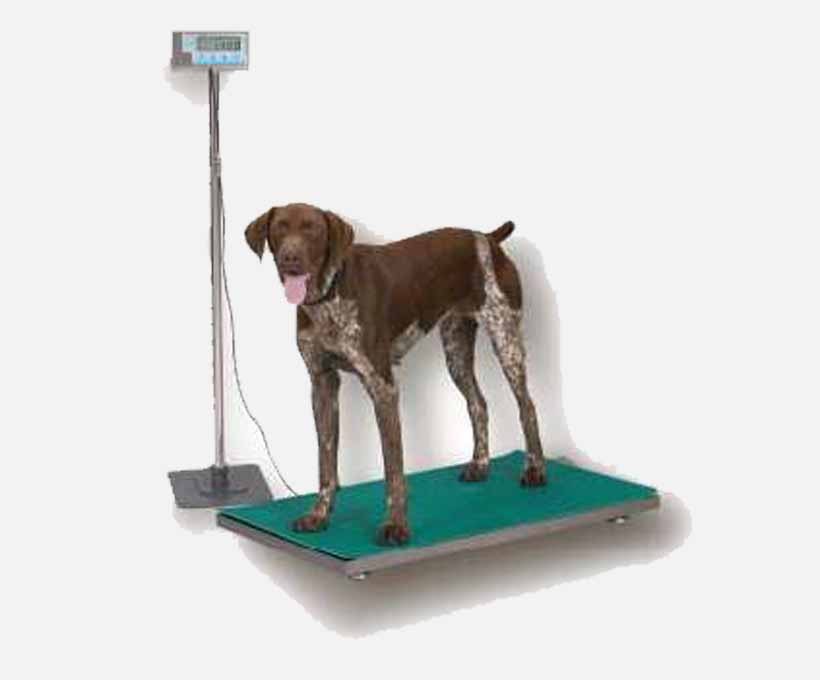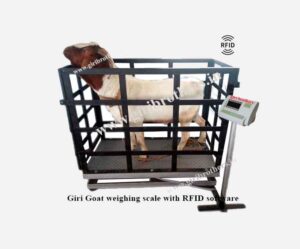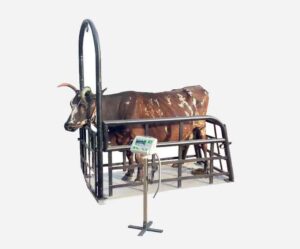
dog weighing machine
Dog Weighing Machine
youtube-giribrothers
A dog weighing machine, also known as a dog scale, is a specialized device designed to accurately measure the weight of dogs. These scales are commonly used in veterinary clinics, pet hospitals, grooming salons, and even at home for monitoring a dog’s health. Here’s an outline to explore the features and applications of dog weighing machines:
1. Introduction to Dog Weighing Machines
- Define the purpose of dog weighing machines in monitoring the health and well-being of dogs.
- Highlight the importance of regular weight measurements for veterinary care.
2. Design and Size Considerations
- Explore the design features that make dog weighing machines suitable for dogs of various sizes.
- Discuss considerations for the platform size, ensuring comfort for the dog during the weighing process.
3. Weight Capacity and Precision
- Detail the weight capacity of dog scales, accommodating a range of dog sizes and breeds.
- Discuss the precision required for accurate weight measurements in veterinary applications.
4. Digital Display and Readability
- Highlight the digital display features of dog weighing machines.
- Discuss readability and user-friendly interfaces for veterinary professionals and pet owners.
5. Tare Functionality for Net Weight Measurement
- Explain the tare function and its significance in measuring the net weight of the dog.
- Discuss how this feature helps exclude the weight of items like leashes or blankets.
6. Units of Measurement
- Discuss the supported units of measurement, including kilograms and pounds.
- Explore options for easily switching between units based on user preference.
7. Durability and Easy Cleaning
- Highlight the durability of dog weighing machines, considering the active nature of dogs.
- Discuss features that facilitate easy cleaning and maintenance.
8. Anti-Slip and Safety Features
- Explore features designed to prevent slips or accidents during the weighing process.
- Discuss the importance of safety features, especially for anxious or restless dogs.
9. Battery Life and Power Options
- Detail the power options for dog weighing machines, considering the flexibility needed in various settings.
- Discuss battery life for portable or locations without easy access to power outlets.
10. Portability and Easy Storage
- Discuss the portability of dog weighing machines for use in different settings.
- Explore options for easy storage, especially in veterinary clinics or grooming salons.
11. Use in Veterinary Practices and Grooming Salons
- Discuss the applications of dog weighing machines in veterinary practices for health monitoring.
- Explore how grooming salons use these scales for tracking weight changes and ensuring the health of pets.
12. Integration with Veterinary Software
- Discuss the integration capabilities of dog weighing machines with veterinary software systems.
- Explore how seamless connectivity aids in record-keeping and health management.
13. User Training and Guidelines for Pet Owners
- Provide guidelines on using dog weighing machines for both veterinary professionals and pet owners.
- Discuss the importance of educating pet owners on regular weight monitoring.
14. User Testimonials and Veterinary Feedback
- Share testimonials from veterinary professionals who have successfully integrated dog weighing machines.
- Provide insights into real-world experiences and benefits.
15. Future Trends in Pet Health Monitoring Technology
- Discuss emerging trends and potential future developments in technology for pet health monitoring, including advancements in dog weighing machines.
A dog weighing machine, also known as a pet scale, has various applications in different settings. Here are some common applications:
- Veterinary Clinics: Used in veterinary practices to accurately measure the weight of dogs during routine check-ups, health assessments, and medical treatments.
- Pet Grooming Salons: Employed in grooming salons to monitor the weight of dogs before and after grooming sessions, ensuring the health and well-being of the animals.
- Pet Stores: Utilized in pet stores to weigh dogs and provide accurate information to pet owners about the appropriate size of pet products, such as food portions and accessories.
- Pet Adoption Centers: Used in shelters and adoption centers to monitor the weight of dogs as part of overall health assessments and to track changes during their stay.
- Home Use: Pet owners may use dog weighing machines at home to monitor the weight of their dogs for general health awareness, especially for pets on special diets or those with weight-related health concerns.
- Breeding Facilities: Applied in dog breeding facilities to monitor the weight of puppies and adult dogs, ensuring proper growth and development.
- Animal Research: Used in scientific research involving dogs to obtain accurate weight measurements for studies related to nutrition, behavior, and health.
- Professional Dog Training: Employed by dog trainers and handlers to monitor the weight of working dogs, service dogs, or dogs in training programs to ensure they maintain optimal health and fitness.
- Dog Shows and Competitions: Weighing machines may be used in the preparation for and during dog shows to ensure that dogs meet specific size requirements for their breed.
- Canine Rehabilitation Centers: Applied in rehabilitation centers for dogs recovering from injuries or surgeries, helping to monitor their weight as part of the rehabilitation process.
A dog weighing machine, also known as a pet scale, typically functions to accurately measure the weight of dogs. The functionality may vary based on the specific design and features of the machine, but here are some common functional aspects:
- Weighing Accuracy: The primary function is to provide precise and accurate weight measurements of dogs. This is crucial for monitoring their health, tracking growth, and managing nutrition.
- Capacity and Size: Dog weighing machines come in various sizes and weight capacities to accommodate different breeds and sizes of dogs, ensuring versatility in use.
- Easy-to-Read Display: Most machines have a clear and easy-to-read digital or analog display that shows the weight measurement in pounds or kilograms.
- Tare Function: Some models have a tare function, allowing the user to deduct the weight of a blanket or other items used to comfort the dog during the weighing process.
- Stability and Safety Features: The weighing platform is designed to be stable, and some models may include features like non-slip surfaces or raised edges to enhance safety for the dog.
- Portability: Many dog weighing machines are portable, making them suitable for veterinary house calls, mobile grooming services, or home use.
- Battery or Electric Powered: Depending on the model, the weighing machine may be powered by batteries, electricity, or a combination of both.
- Zero Reset Function: Some models have a zero reset function, allowing the user to reset the scale to zero before weighing each dog, ensuring accurate measurements.
- Durability: The construction of the machine is typically sturdy and durable to withstand the weight of dogs and regular use.
- Multi-Functionality: In some cases, dog weighing machines may offer additional features such as body mass index (BMI) calculations or memory functions to store previous weight readings.






Reviews
There are no reviews yet.